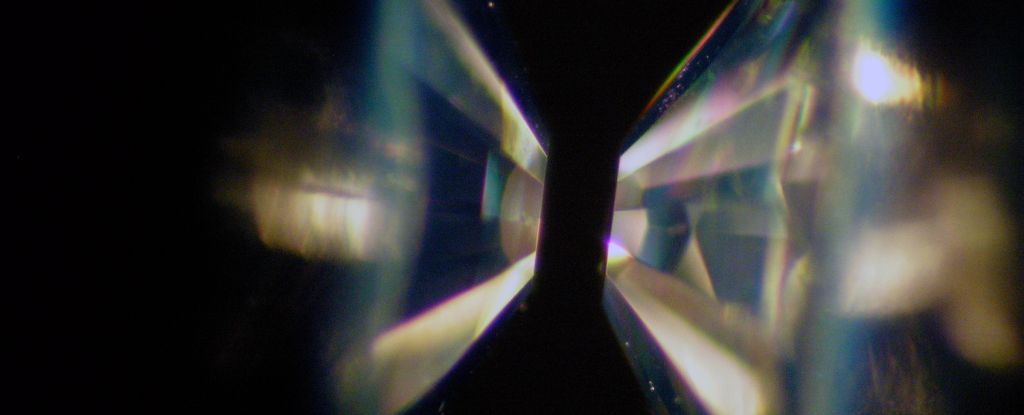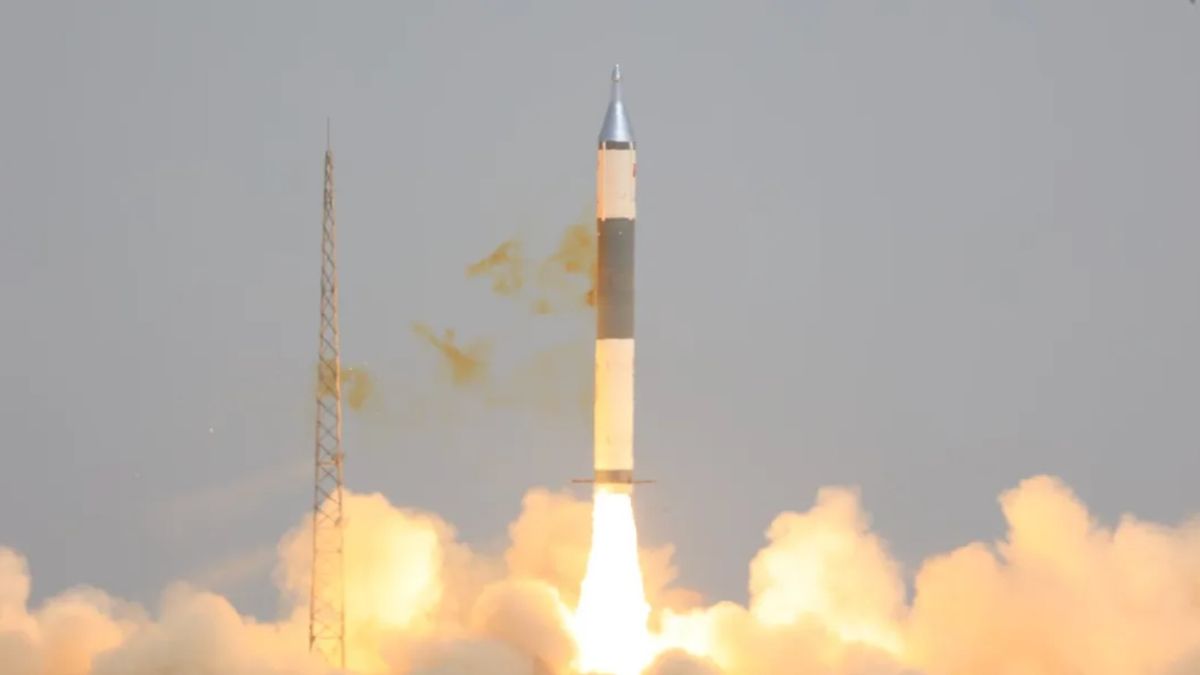Get the latest Science News and Discoveries
Important software for the new European-Japanese Earth observation satellite EarthCARE - EurekAlert
Preparations for the launch of the new Earth observation satellite EarthCARE (Earth Cloud Aerosol and Radiation Explorer) at the end of May are in full swing. The joint mission of the European Space Agency (ESA) and the Japan Aerospace Exploration Agency (JAXA) will measure clouds, aerosol and radiation more accurately than ever before. This will be made possible by linking four state-of-the-art instruments. Three so-called processors, which the Leibniz Institute for Tropospheric Research (TROPOS) has developed together with partners, are making an important contribution to the mission. These algorithms have now been described in detail in a special issue of the scientific journal "Atmospheric Measurement Techniques". The new software makes it possible to derive cloud properties from the passive spectrometer (MSI), aerosol and cloud layers from the active, high-spectral-resolution lidar (ATLID) as well as synergetic cloud and aerosol products from both instruments. An aerosol classification model (HETEAC) was developed as the basis for aerosol typing to ensure that these calculations work across the different devices. EarthCARE will be the first to combine a high-spectral-resolution lidar and a Doppler cloud radar with passive sensors, making it the most complex satellite mission ever launched into space to study aerosol, clouds and their radiative effects. The development of EarthCARE took more than 15 years and cost around 800 million euros. The satellite offers great opportunities for science: State-of-the-art technology on board provides a variety of data that will improve the accuracy of climate models and support numerical weather prediction.
None
Or read this on Eureka Alert

